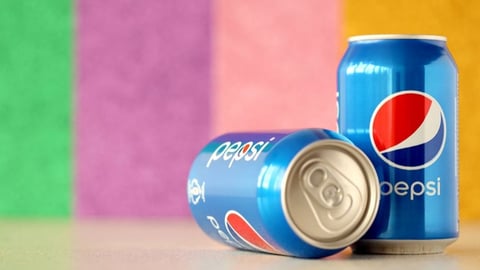Kellogg's View: The Impact of Leadership on Innovation
“If you are afraid of failing, you won't get too far.”
Steve Jobs said that, and he is one of the all-time Badshah (Kings) of innovation. He didn’t get to the top by being afraid of failure.
Experimentation, failure, and learning are crucial ingredients in innovation. So, as a leader, are you ready to fail? Does failure scare you? Or are you willing to take the risk to reap the rewards?
Leaders set the tone from the top to foster a culture of innovation and create an environment where innovation can flourish. To be great at innovation, leaders provide the right resources and empower their teams to try new things, fail fast, and continue learning.
Innovation in Tech Companies
There are some great examples of companies that do it well. Take Google, for example: The company has a "20% time" policy that allows employees to spend 20% of their work time pursuing personal projects that align with the company's goals and objectives.
Employees are encouraged to think creatively and pursue their ideas, which has led to some of their most successful product innovations, such as Gmail and Google Maps. The next time you turn on your Google Maps to get where you need to go, remember this innovation began as an idea that leaders believed in.
Google also runs “Innovation Weeks,” where employees collaborate to explore new technologies and methodologies and present their findings to leaders who support them in turning their ideas into reality. Microsoft calls this a Hackathon, a week when teams from diverse departments and locations collaborate on novel ideas and prototypes. They are encouraged to unleash their creativity and transform their concepts into worthwhile projects and prototypes, taking calculated risks to positively impact the company and its customers.
- See Innovative Leadership in Action: Kellogg’s Rob Birse at Analytics Unite 2023!
One potential pitfall is the idea that innovation is “done” by a particular team or something that happens “over there.” Everyone has a role, from IT to marketing to research and development. We can all innovate to improve processes, customer service, and customer experience. Embedding an innovation mindset is an essential factor in doing the basics brilliantly every day.
Many companies drive an “Innovation Mindset” and “Innovation in the Moment” culture by establishing an ongoing innovation pipeline that enables teams to submit ideas, evaluate their potential, and prioritize them based on their potential impact.
IBM’s ThinkLab is an excellent example of fostering ongoing innovation within the organization. In this physical space, employees, clients, and partners can collaborate on new ideas and develop innovative solutions with state-of-the-art technology, including artificial intelligence and machine learning capabilities. IBM has also developed a virtual ThinkLab platform that allows employees to collaborate remotely and share ideas in real time. This platform includes brainstorming, collaboration, and project management tools, which can help teams work more efficiently and effectively to identify new opportunities and innovative digital solutions.
Innovation at Kellogg
“Innovation for the Greater Good” refers to using innovative technologies, ideas, and processes to create positive social and environmental impact. It involves developing and implementing solutions that address pressing societal challenges.
In 2020, Kellogg became the first food company in the world to incorporate NaviLens technology into some of its cereal packaging in Europe. Now, Kellogg is bringing NaviLens to the packaging of some of its most iconic cereals in the U.S., becoming the first company in the country to do so. With the NaviLens optical smart code and app, blind and low-vision shoppers can not only find their favorite box of cereal, but also hear the name, size, nutrition, and allergen information.
- See Also: Kellogg’s People Analytics Exec Petra Mudder Talks Growing Value By Intermingling Data and HR
AI is also helping Kellogg to create Better Days when using the Antenna platform – an invitation-based online portal where consumers can provide real-time feedback on food innovations, which can be analyzed rapidly using AI technology.
Additionally, for every concept evaluated, participants earn meals for donation. Through Kellogg's Better Days Promise program, 10 meals are donated to help families that suffer from hunger. These two examples show how innovation, creativity, and collaboration allow the company to bring our purpose to life by creating better days and a place at the table for everyone through our trusted food brands.
I started with a quote from Steve Jobs, and I will leave you with one: “Innovation distinguishes between a leader and a follower.” So, whether you are just starting to think about creating a culture of innovation or are further along the journey and need some fresh ideas to keep your people motivated and engaged, let’s ignite that passion for creativity, experimentation, and innovation because we know it makes sense for future success.
Bhaumik Sharma is senior director, global commercial technology, at Kellogg Company.




